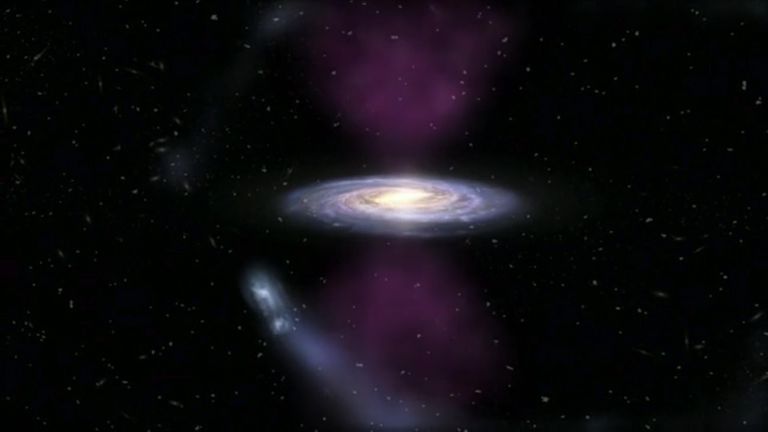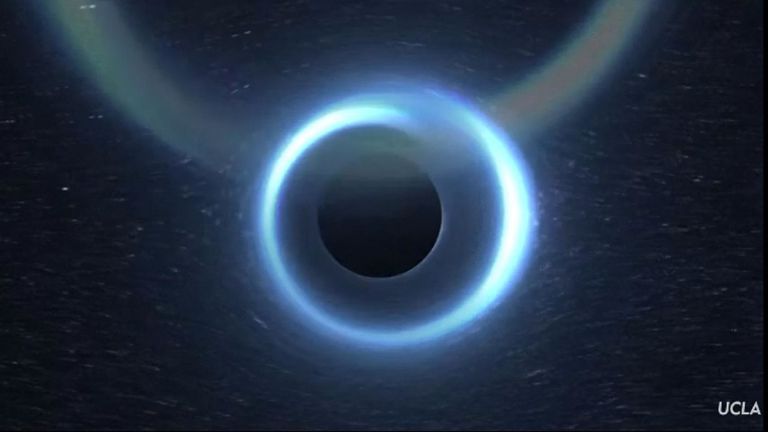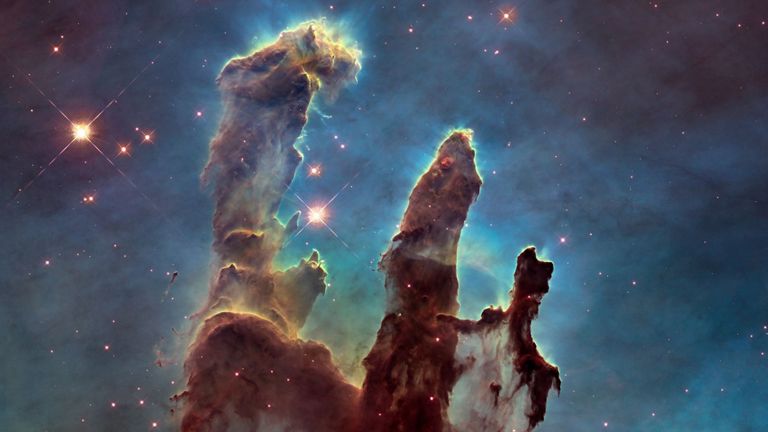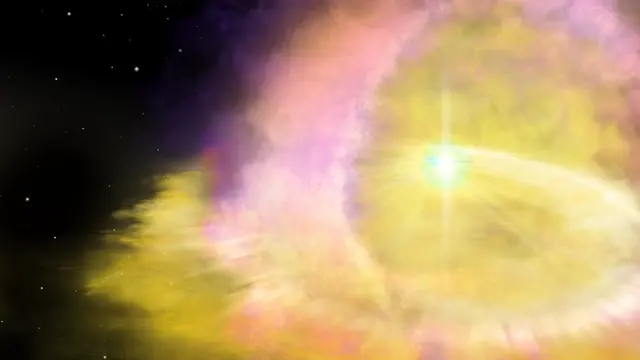An international team of astronomers has discovered a supernova which is at least twice as bright and energetic, and they believe much more massive, than any other ever spotted in the universe.
Led by the University of Birmingham, the team believe the super-supernova, officially named SN2016aps, could be an example of something called a "pulsational pair-instability" supernova produced after two massive stars merged.
This extremely rare event has previously been only theoretical, and no astronomical observations had been made which supported its existence until the researchers published their findings in the journal Nature Astronomy.

Milky Way explosion hits nearby Magellanic clouds
Dr Matt Nicholl of the University of Birmingham, the lead author of the study, explained: "We can measure supernovae using two scales; the total energy of the explosion, and the amount of that energy that is emitted as observable light, or radiation."
"In a typical supernova, the radiation is less than 1% of the total energy," Dr Nicholl explained.
"But in SN2016aps, we found the radiation was five times the explosion energy of a normal-sized supernova. This is the most light we have ever seen emitted by a supernova."
A supernova is the most powerful explosion in cosmology. It happens when a star reaches the end of its life-cycle, burning through all of its fuel and collapsing in a matter of seconds.
This collapse is so quick that it causes enormous shockwaves to make the outer layers of the star explode - but in the case of SN2016aps, the explosion was exceptionally powerful.
By examining the spectrum of light coming from the star, the team of astronomers were able to figure out that the supernova had collided with a massive shell of gas.
This gas must have been shed by the star in the years before it exploded.

Star light around black hole proves Einstein was right
"While many supernovae are discovered every night, most are in massive galaxies," said Dr Peter Blanchard, from Northwestern University and a co-author on the study.
"This one immediately stood out for further observations because it seemed to be in the middle of nowhere. We weren't able to see the galaxy where this star was born until after the supernova light had faded."
The team observed the explosion for two years, until it faded to 1% of its peak brightness. The measurements they gained allowed them to calculate the mass of the supernova as up to 100 times greater than that of our own sun.
Typically, supernovae only have masses between eight and 15 times that of the sun.
"Stars with extremely large mass undergo violent pulsations before they die, shaking off a giant gas shell," explained Dr Nicholl.

Image:The gas shed by stars when they go supernova will eventually form new stars
"This can be powered by a process called the pair instability, which has been a topic of speculation for physicists for the last 50 years.
"If the supernova gets the timing right, it can catch up to this shell and release a huge amount of energy in the collision. We think this is one of the most compelling candidates for this process yet observed, and probably the most massive."
"SN2016aps also contained another puzzle," added Dr Nicholl.
"The gas we detected was mostly hydrogen - but such a massive star would usually have lost all of its hydrogen via stellar winds long before it started pulsating," he said.
"One explanation is that two slightly less massive stars of around, say 60 solar masses, had merged before the explosion.
"The lower mass stars hold onto their hydrogen for longer, while their combined mass is high enough to trigger the pair instability," Dr Nicholl concluded.
 简体中文
简体中文





